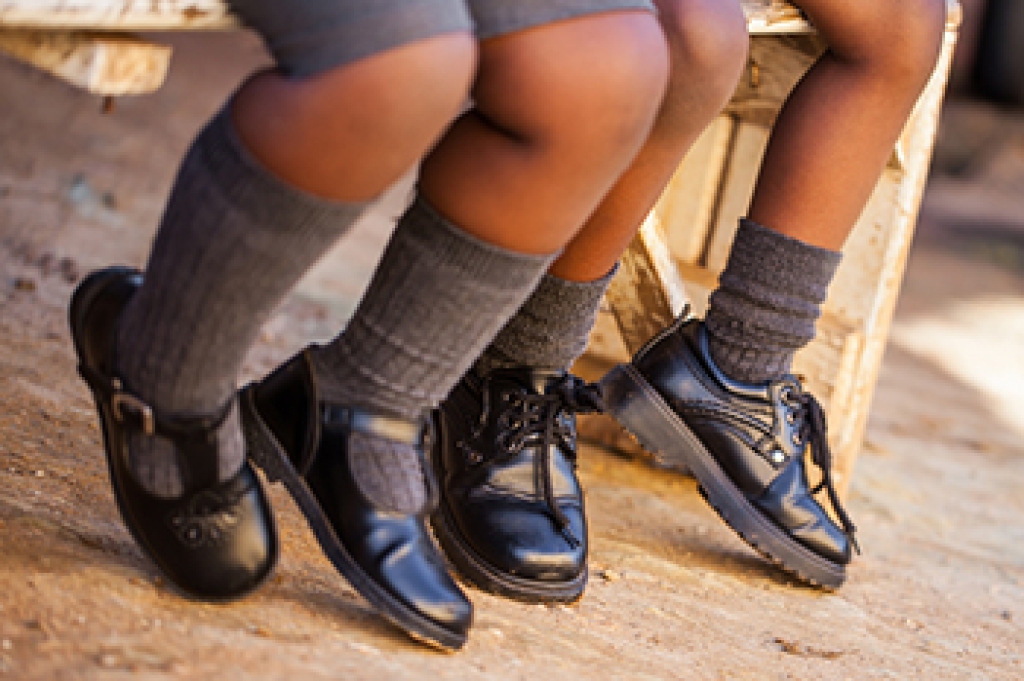
Keeping children in shoes can be challenging because their feet grow so rapidly. Here are some tips for finding the right shoes for your child. Check their shoes regularly for worn areas, seams that are stretched, and toes that are worn out. These may be signs that their shoes need to be replaced. Have the child’s foot measured each time they try on shoes so that both the length and the width are taken into account. There should be about half an inch between the end of the shoe and the toes. Avoid buying shoes that are too big for the child as this can cause falls. The heel of the shoe should fit snugly, but not too tightly. For best results, avoid the idea of breaking in the shoes at home, and instead, make sure the shoe fits well at the store. Discourage your child from wearing shoes with higher heels, as this may affect the development of healthy feet and legs. Instead, go for shoes with flatter, textured soles that can keep them from slipping and falling. For more information on the best shoes for your child, please consult a podiatrist.
The health of a child’s feet is vital to their overall well-being. If you have any questions regarding foot health, contact Chuc Dang, DPM of California . Our doctor can provide the care you need to keep you pain-free and on your feet.
Tips for Keeping Children's Feet Healthy
- Make sure their shoes fit properly
- Look for any signs of in-toeing or out-toeing
- Check to see if they have Clubfoot (condition that affects your child’s foot and ankle, twisting the heel and toes inward) which is one of the most common nonmajor birth defects.
- Lightly cover your baby’s feet (Tight covers may keep your baby from moving their feet freely, and could prevent normal development)
- Allow your toddler to go shoeless (Shoes can be restricting for a young child’s foot)
- Cut toenails straight across to avoid ingrown toenails
- Keep your child’s foot clean and dry
- Cover cuts and scrapes. Wash any scratches with soap and water and cover them with a bandage until they’ve healed.
If you have any questions, please feel free to contact our office located in Westminster, CA . We offer the newest diagnostic and treatment technologies for all your foot care needs.



